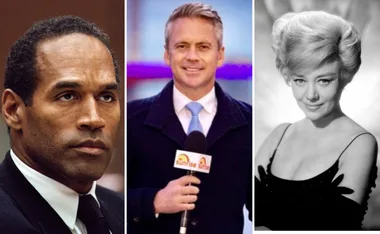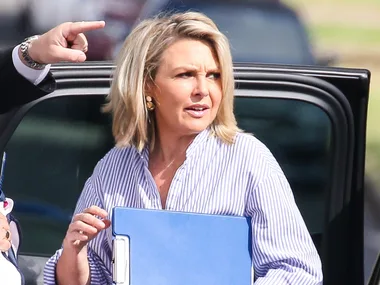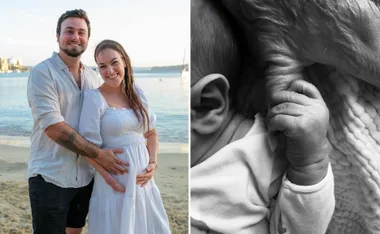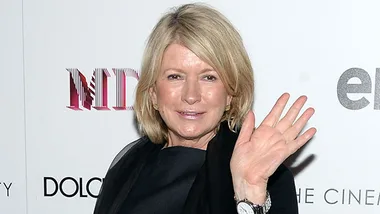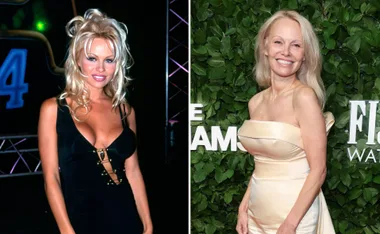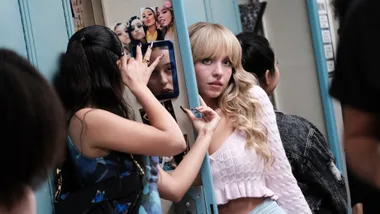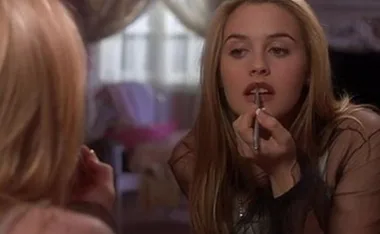Actor, genius, rock star, or aristocrat. These are the options a UK website gives women choosing the potential father of their children.
No they aren’t profiles on some exclusive dating agency, but a sperm bank offering a catalogue of VIP donors to women with a penchant for privileged backgrounds or celebrity status.
Related: My dad was a sperm donor
Charging over $20,000 for “celebrity sperm”, the website “Fame Daddy” claims to guarantee women their child will be “a proven winner” that will get “a head start in life”.
While it is unknown how much of the exorbitant fee the donor will see, visitors to the website are told celebrity donors “are looking for a way to make a difference, to give something back to their fans.”
Having a premiership footballer or millionaire entrepreneur as a surrogate father may seem attractive, but the “top-flight client list of celebrity donors” might not be as popular as the soon-to-launch website founders think.
In Australia it is illegal to buy or sell human tissue, so women or partners seeking sperm don’t have the option of paying top dollar for “better” sperm, but they can still choose from a catalogue of donors.
According to leading fertility clinic Fertility East, women seeking donors are more interested in genetic characteristics rather than their education or VIP status.
While information about donors’ nationality, appearance, height and occupation are available to women or couples choosing their sperm donors, occupation or status are often given the least consideration by those looking to start the lengthy process.
“A woman’s motivation when it comes to donor selection is multifactorial depending on her and her partners expectations,” Fertility East’s medical director Dr Bernstein told The Weekly.
“These can include religion, education, health, physical characteristics, but most commonly availability of the donor and the woman’s urgency to commence treatment.”
Related: I had a baby at 50 — without IVF
Women or couples selecting from a catalogue of sperm donors are more likely to select someone who looks like them, and is healthy.
According for IVF Australia, people would be more likely to select donors based on their resemblance to the mother or couple, rather than forking out for a “rock star baby”.
Your say: What would you look for in a sperm donor?
Video: I’m donor-sexual







.png?resize=380%2C285)



















